Between 2008 and 2010, NFL fans saw 10 running backs come off the board in the first round. In the last six years, we’ve seen the same numbers of backs taken in the first. What has caused this shift in the demand for running backs early in the draft?
For one, the career-span as a top back is much shorter than any other position. Of the six running backs that made the pro bowl roster in 2015, only Frank Gore started for an NFL team this year. His team went 1-15 and Gore only scored two touchdowns. Of the 2021 Pro Bowl roster, only Alvin Kamara, who was drafted in 2017, has made a Pro Bowl before last season. Of the 68 offensive and defensive pro bowlers this year, only 10 of them were first timers, including two of the six backs.
This shows the disparity in the length of time a top running back in the league can be top tier. Their durability is a major reason why teams feel less confident in taking a running back in the first round, as they could take a player at the same draft position that has much better potential to be a long-term starter at another position of need.
Another factor in these changes is the number of starting-caliber and pro bowl-caliber running backs taken later in the draft. Of the 32 starting backs (meaning they took took the majority of carries for their team) in the 2020-21 season, only 6 were first round picks. Of course, it’s shown that the most talented, pro bowl and all-pro running backs come out of the first round, such as Christian McCaffrey and Ezekiel Elliott.
However, is it talent that matters in the NFL? Do coaches and front offices strive to have the best talent at every position? As much as that helps, their sole priority is to win football games. Four of the last five running backs to get drafted in the top 25 overall picks made at least one pro bowl: Josh Jacobs, Saquon Barkley, Christian McCaffrey, and Ezekiel Elliott. In the 14 combined seasons these backs have been in the league, they have only witnessed three playoff appearances: McCaffrey’s rookie season, where he barely started half the games and the Panthers were knocked out in the Wild Card round, and Elliott’s rookie and third seasons, where the Cowboys were knocked out in the divisional round.
To add on, Barry Sanders, arguably the greatest running back of all-time, won a total of one playoff game over ten seasons. This proves, historically and in modern day, that drafting a running back early does not lead to long-term team success.
How can these stats affect the future of the NFL Draft for running backs? This year’s running back class can easily be compared, talent-wise, to the 2016 Draft. This running back class brought two stars to the NFL’s backfield in the form of Elliott and Derrick Henry, along with little else outside of Kenyan Drake, a 5th round pick. Drake was the back-up for Henry at Alabama and is currently a starter for the Cardinals and has, realistically, never had a sniff at a Pro Bowl.
The upcoming class is expected to be comparably top-heavy, with Clemson’s Travis Etienne and Alabama’s Najee Harris leading the line. As with any draft at any position, there could be later round steals, such as Oklahoma State’s Chubba Hubbard or Ohio State’s Trey Sermon. Scouting-wise, however, Etienne and Harris are far ahead of the pack.
Etienne and Elliott both dominated on top teams in the country for multiple years and won National Championships. They’re both known for their balance and ability to break tackles while having the ability to completely out-run a defense when needed (to the few that may say Elliott doesn’t have this breakaway speed, I give you his 85-yard touchdown run against the consensus best defense in college football in the 2015 Rose Bowl).
We’ve seen Etienne possess similar abilities and dominance against great teams, specifically against a defense wearing the same jerseys in 2019. Elliott went fourth overall in the 2016 Draft, but where is Etienne projected to go? The early-to-mid second round, of course.
Henry was selected early in the second round of the 2016 Draft due to injury concerns and an increasing confidence in the more elusive and quick back with the ability to run routes out of the backfield around this time. Since, thanks to Henry, who was just named NFL Offensive Player of the Year, a back that carries the force of a semi-truck has become slightly more in-demand.
Harris comes from one of the more dominant college football teams fans have ever seen, as did Henry. Harris has also shown, as stated before, the rare ability for any human to plow over another human like they aren’t there. He has proven, more-so than Henry did in college, the quickness and ridiculous athleticism for an athlete at 6’2 and 230 lbs. (For reference of this athleticism, here’s this. Did I mention he can also jump over other humans and then run for another 50 yards?)
By many accounts, Harris could be considered a better prospect than the current best offensive player in football was when he came out of college. Henry was clearly a diamond in the rough, and if this draft was re-done, would easily be taken in the middle-to-early stages of the first round. Where is Harris projected to be taken in the draft with an increased need for his archetype and skills? Actually, around the same spot where Henry was taken, and some say he could slide into the late first round, and fans could see a repeat of the Derrick Henry debacle for the teams that used the 44 picks before he was taken.
For at least the last decade fans have seen the Great Depression-level crash in the running back market, but can Travis Etienne and Najee Harris ignite the next NFL Gamestop?
Citations:
pro-football-reference.com for all NFL statistics
sports-reference.com for all CFB statistics
youtube.com/psc-highlights for all videos/featured image



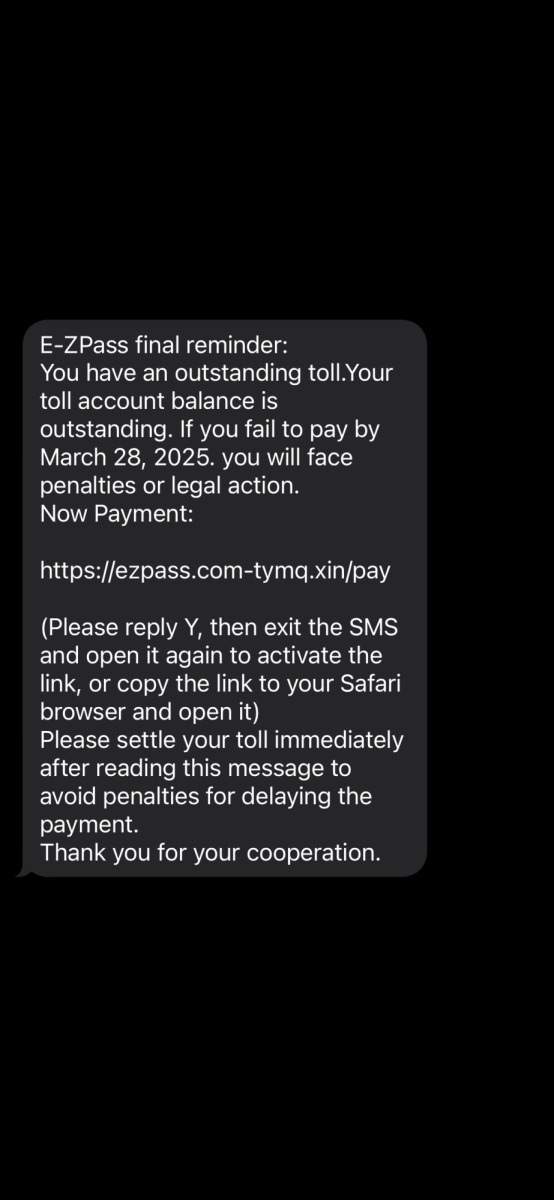

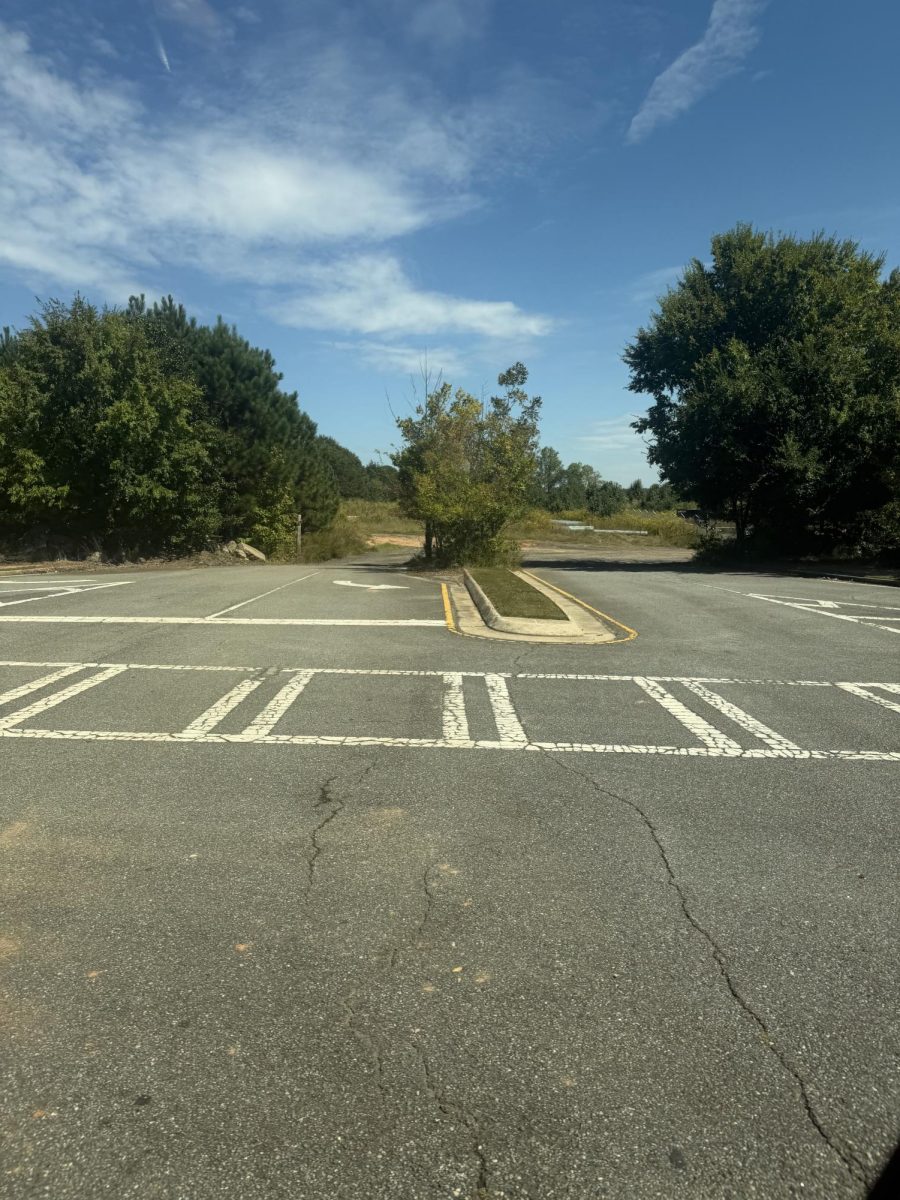
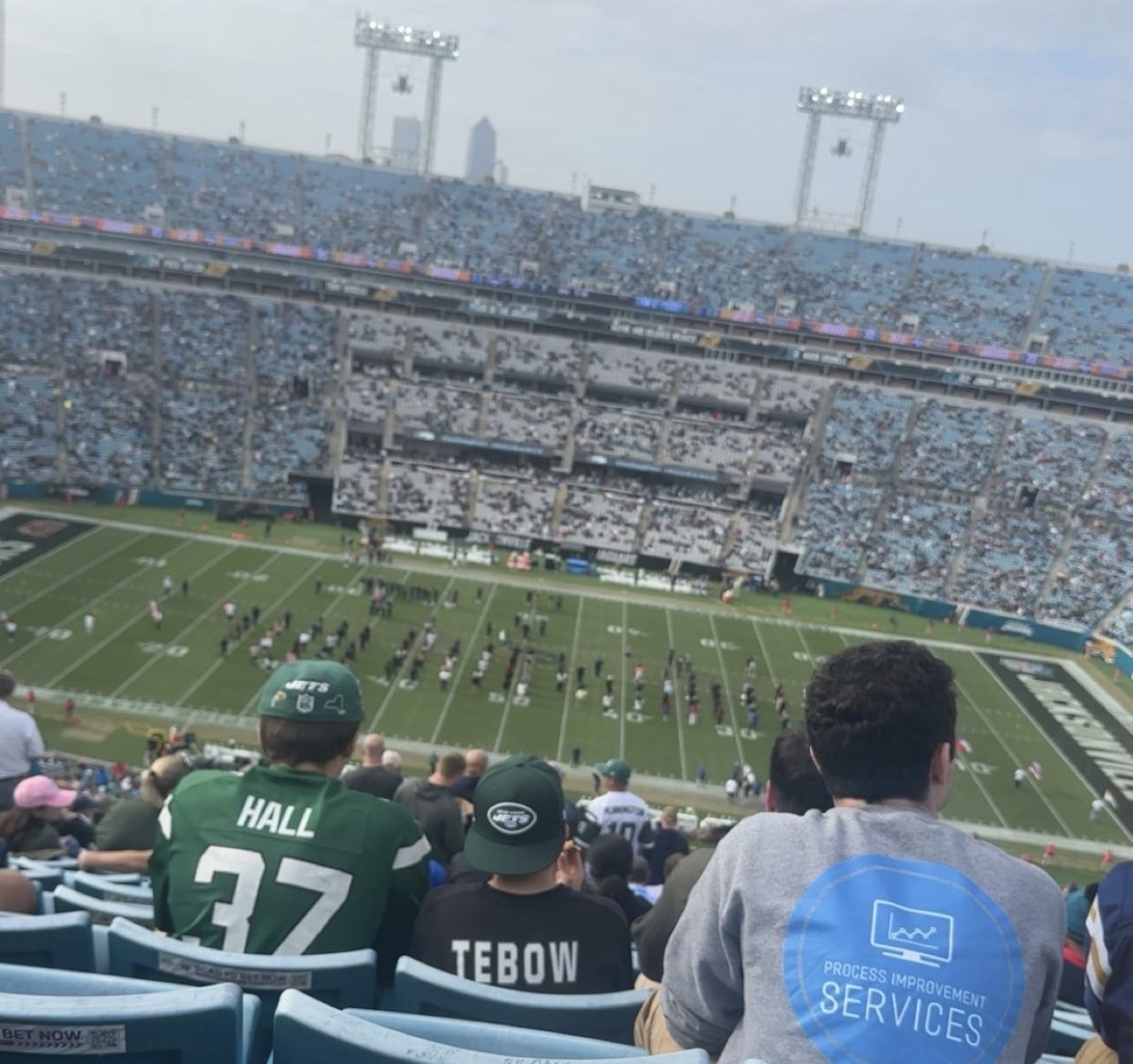
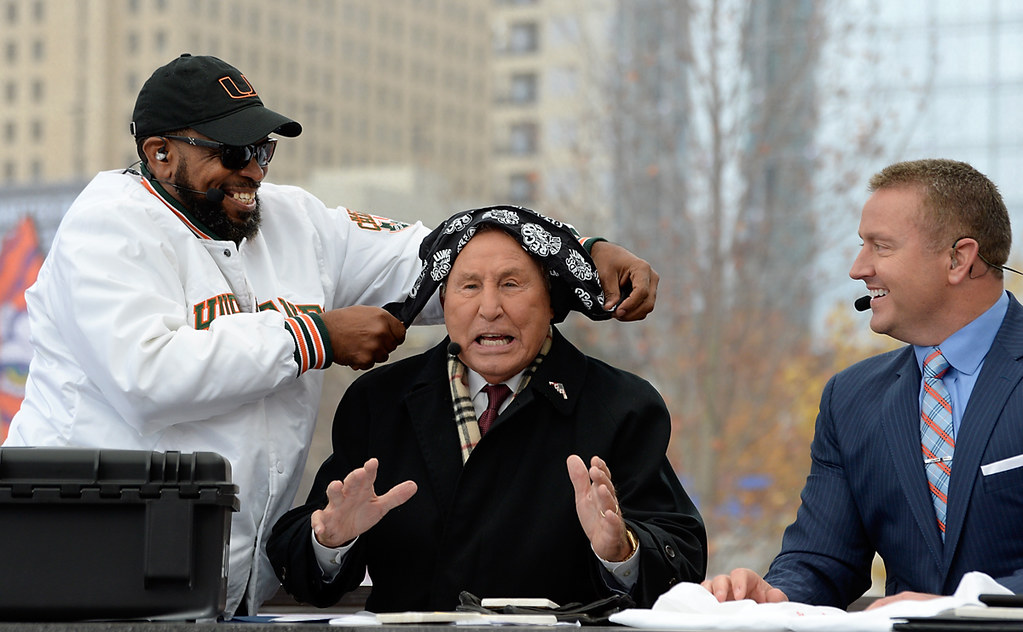
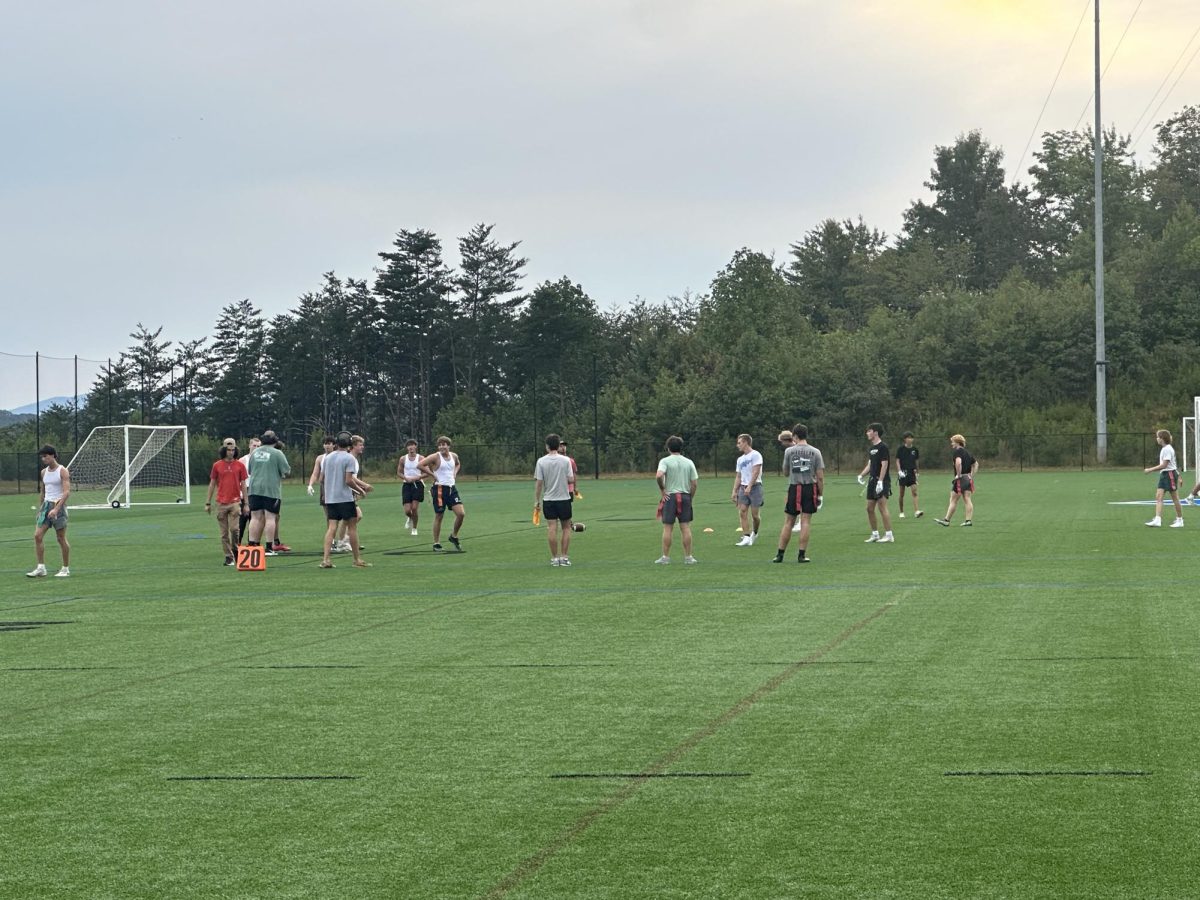





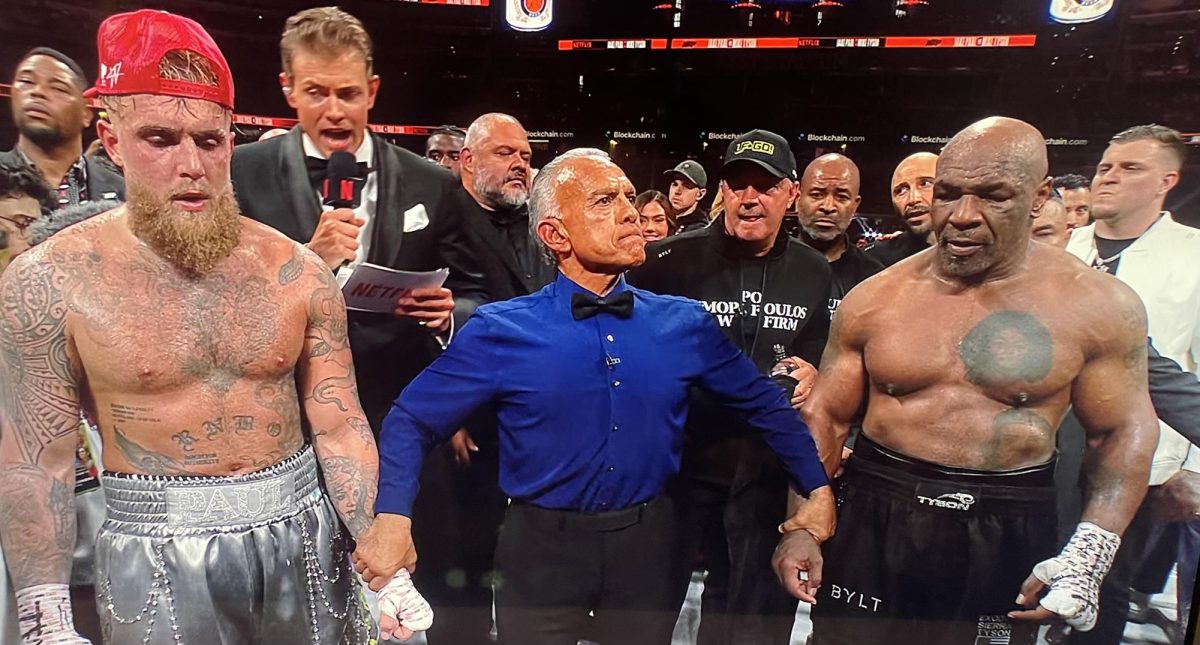

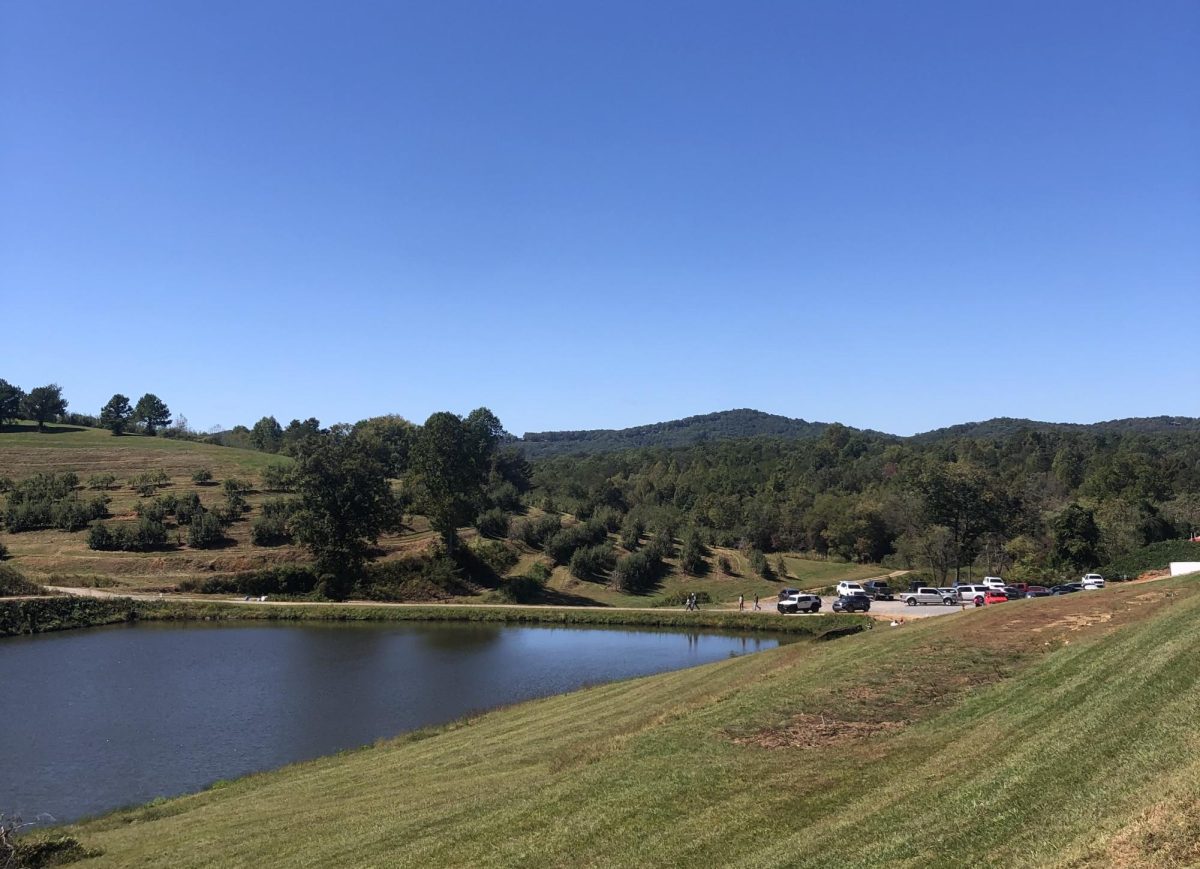


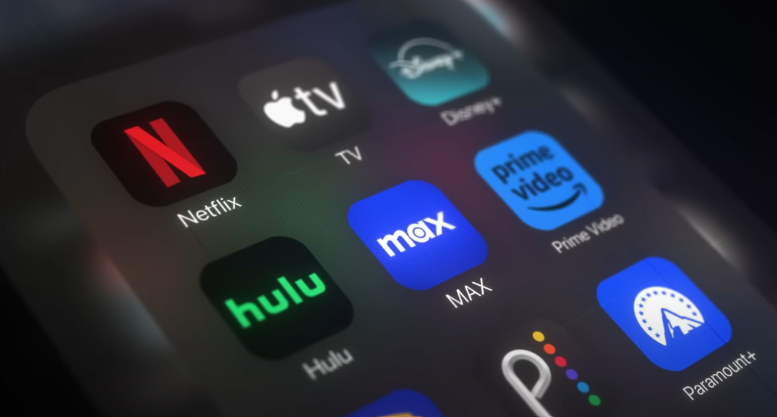
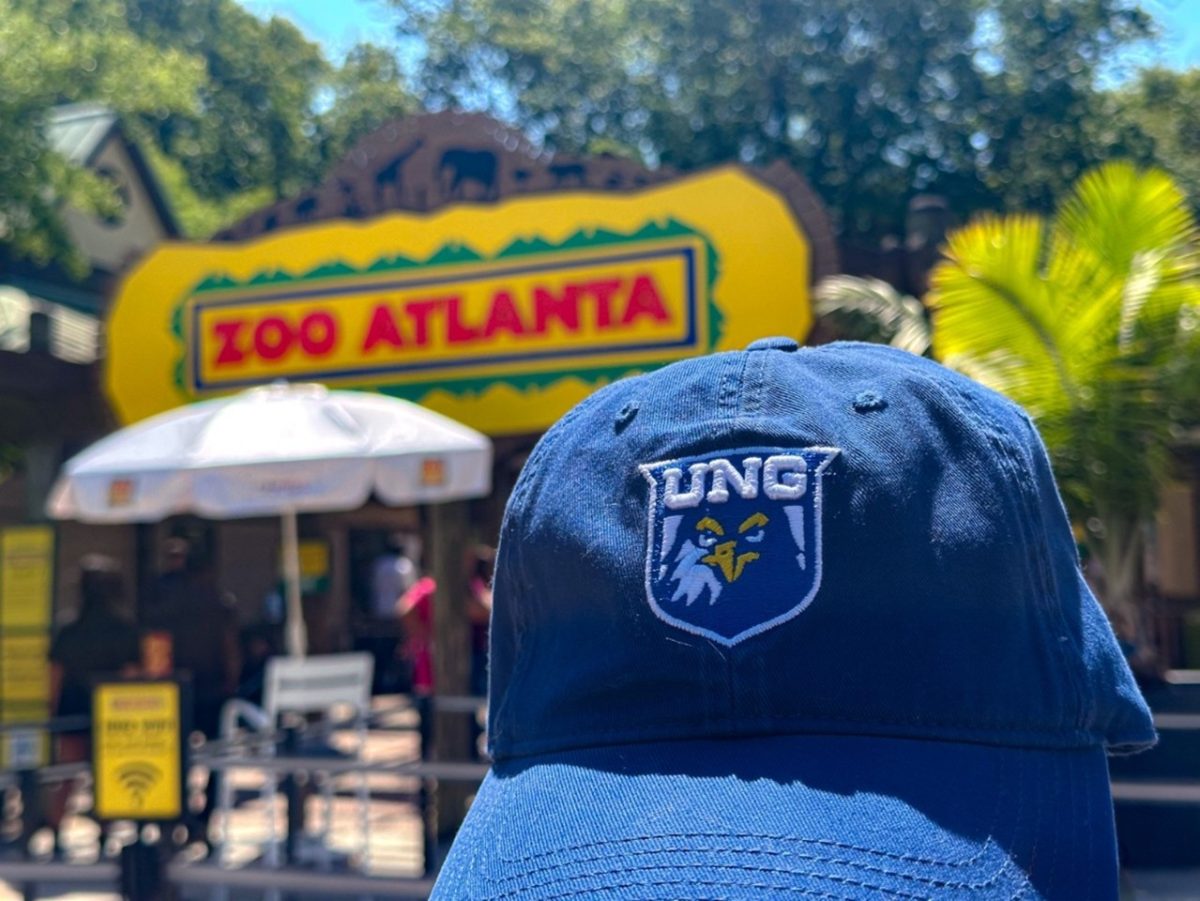
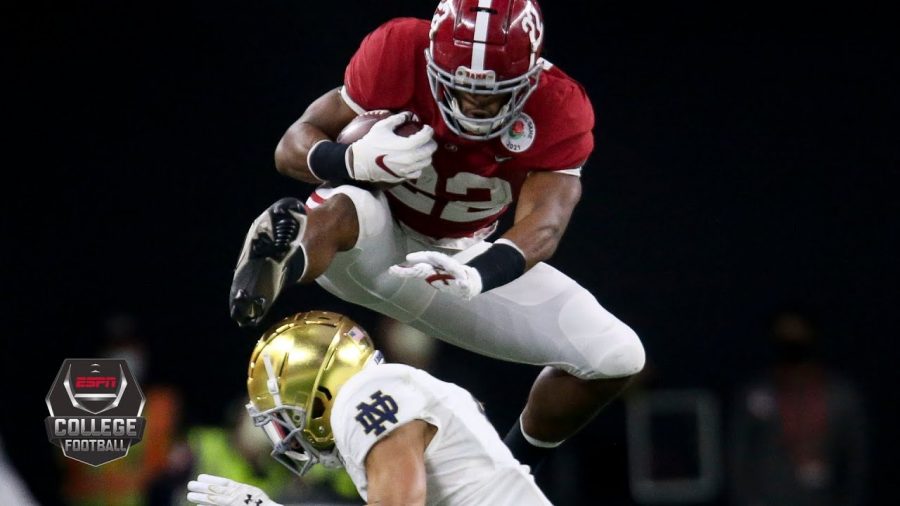
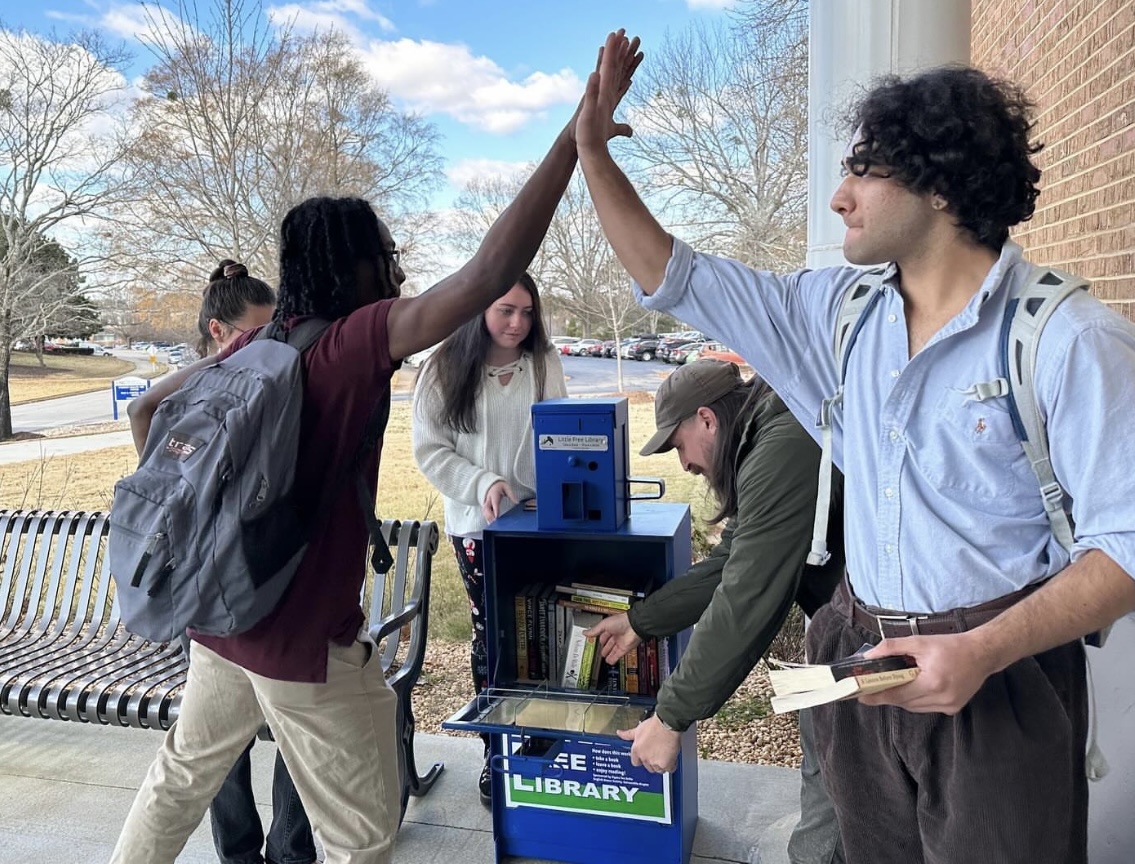
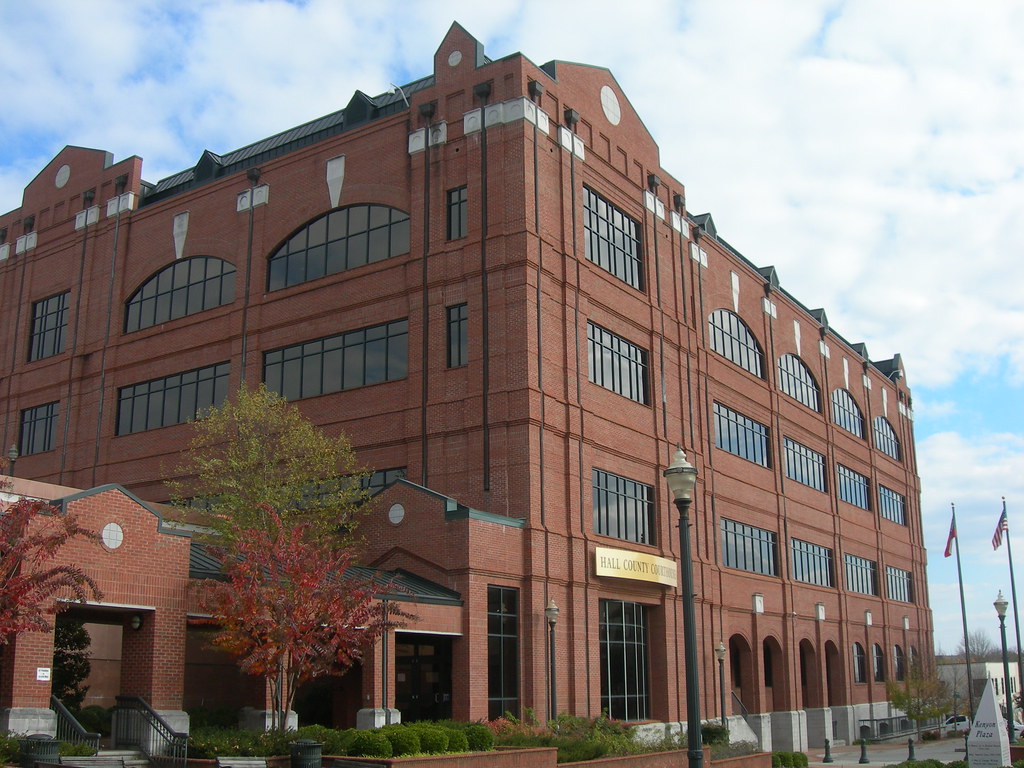
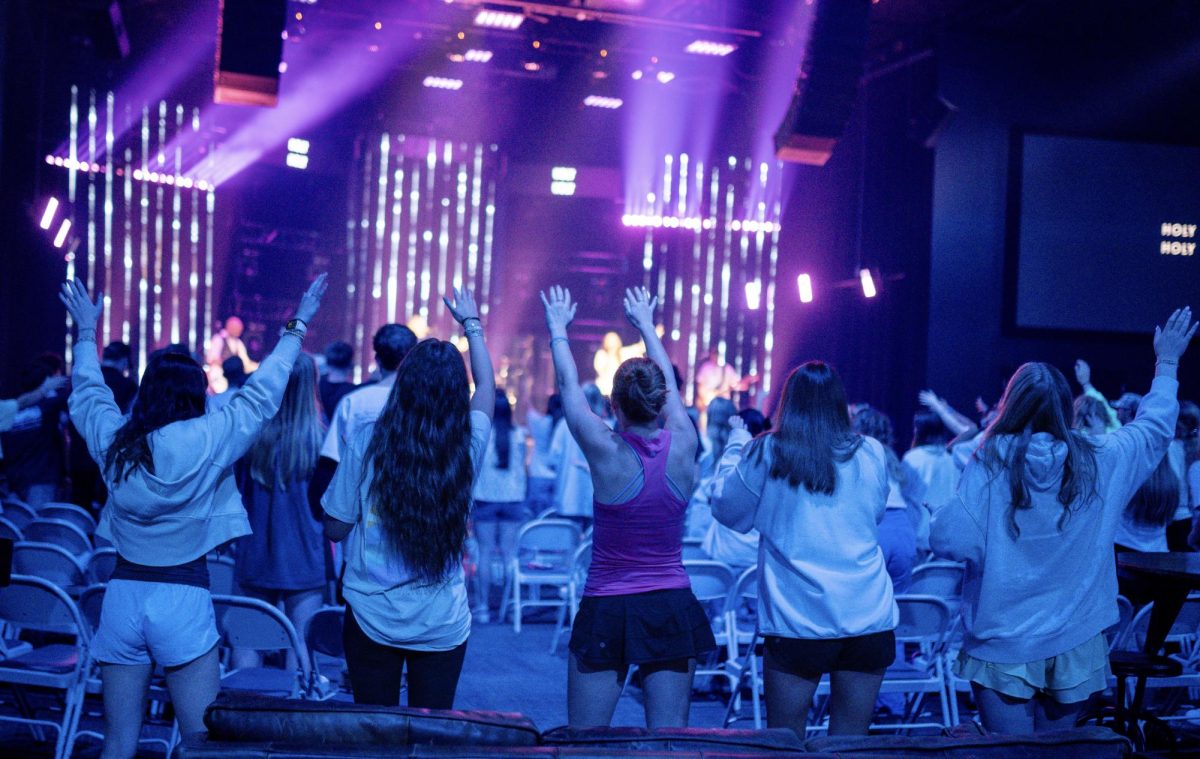
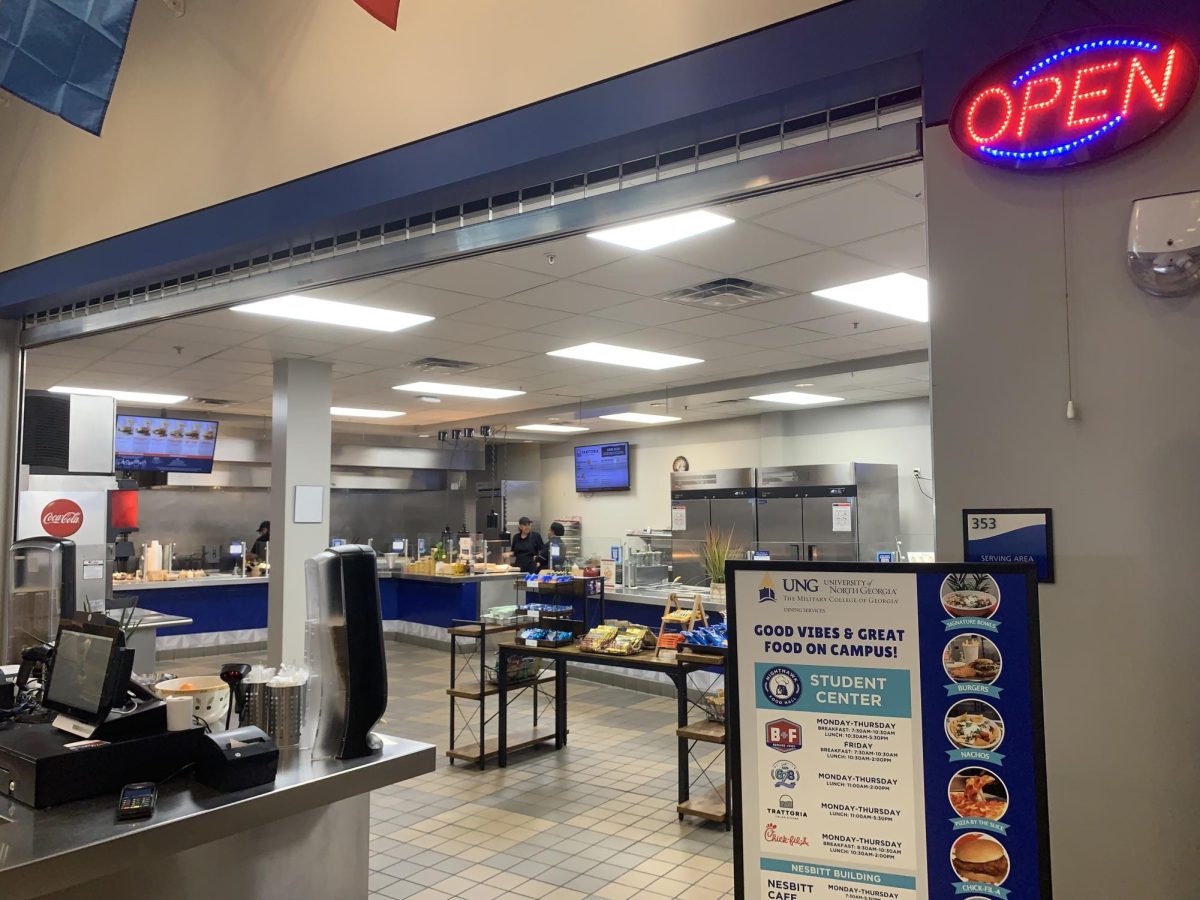

R.L. Snowden • Feb 25, 2021 at 3:02 pm
ROLL TIDE, Harris & Henry! The G.O.A.T. knows his Running Backs (and QBs & WRs & Centers & Safetys & Linemen & LineBackers & Special Teams & Coaches, et al. 😉 !
Thanks for the football article, VanGuard.